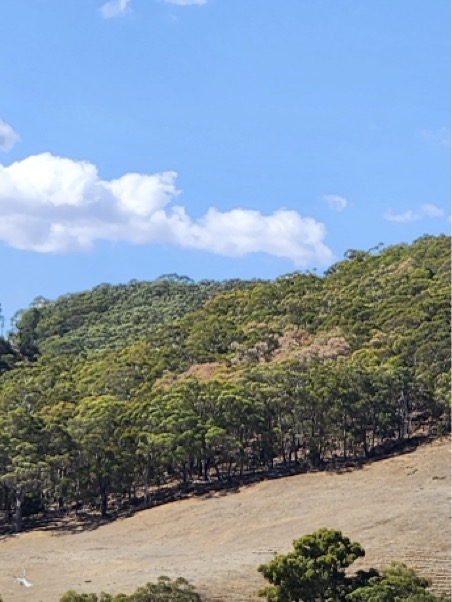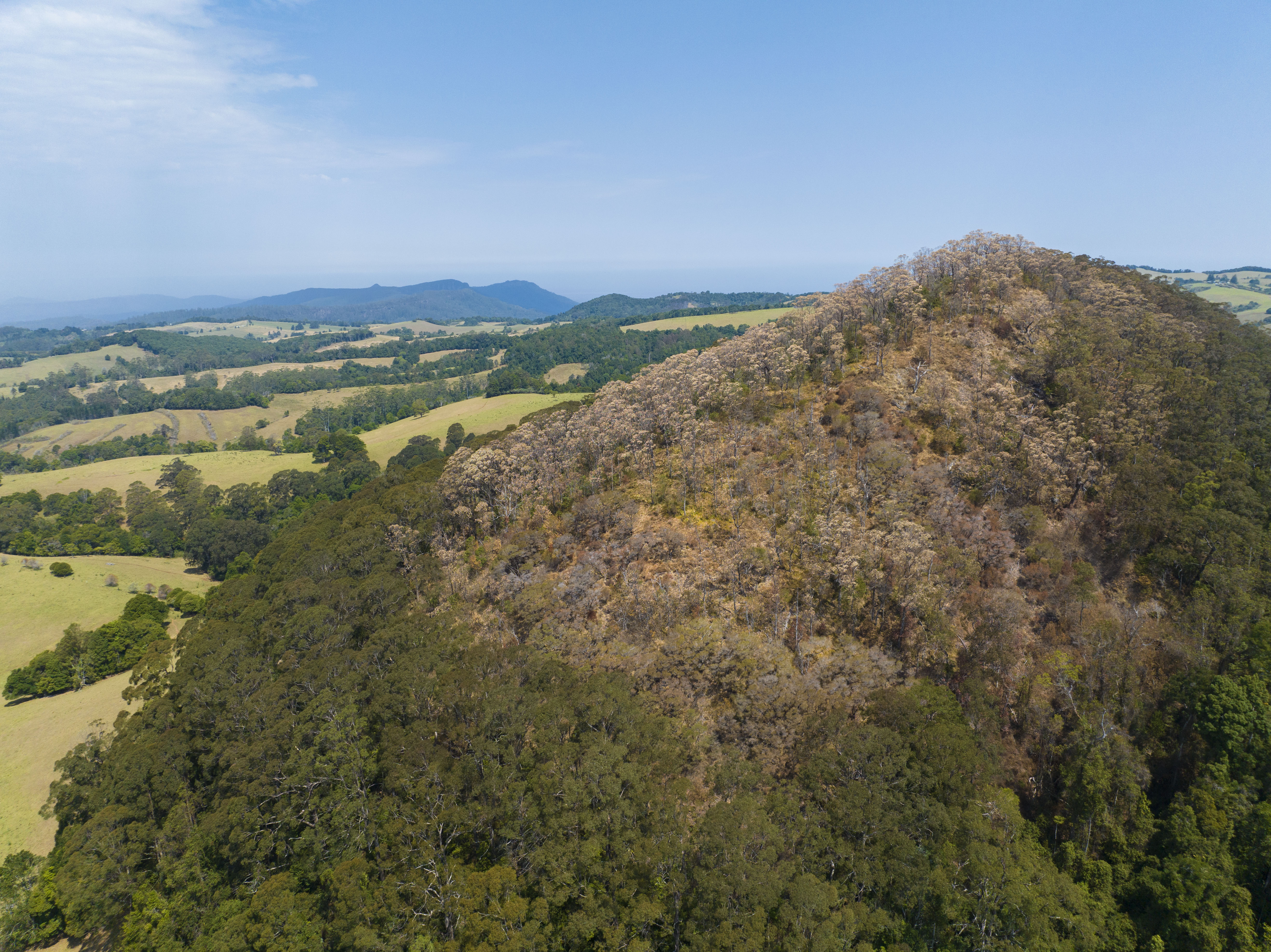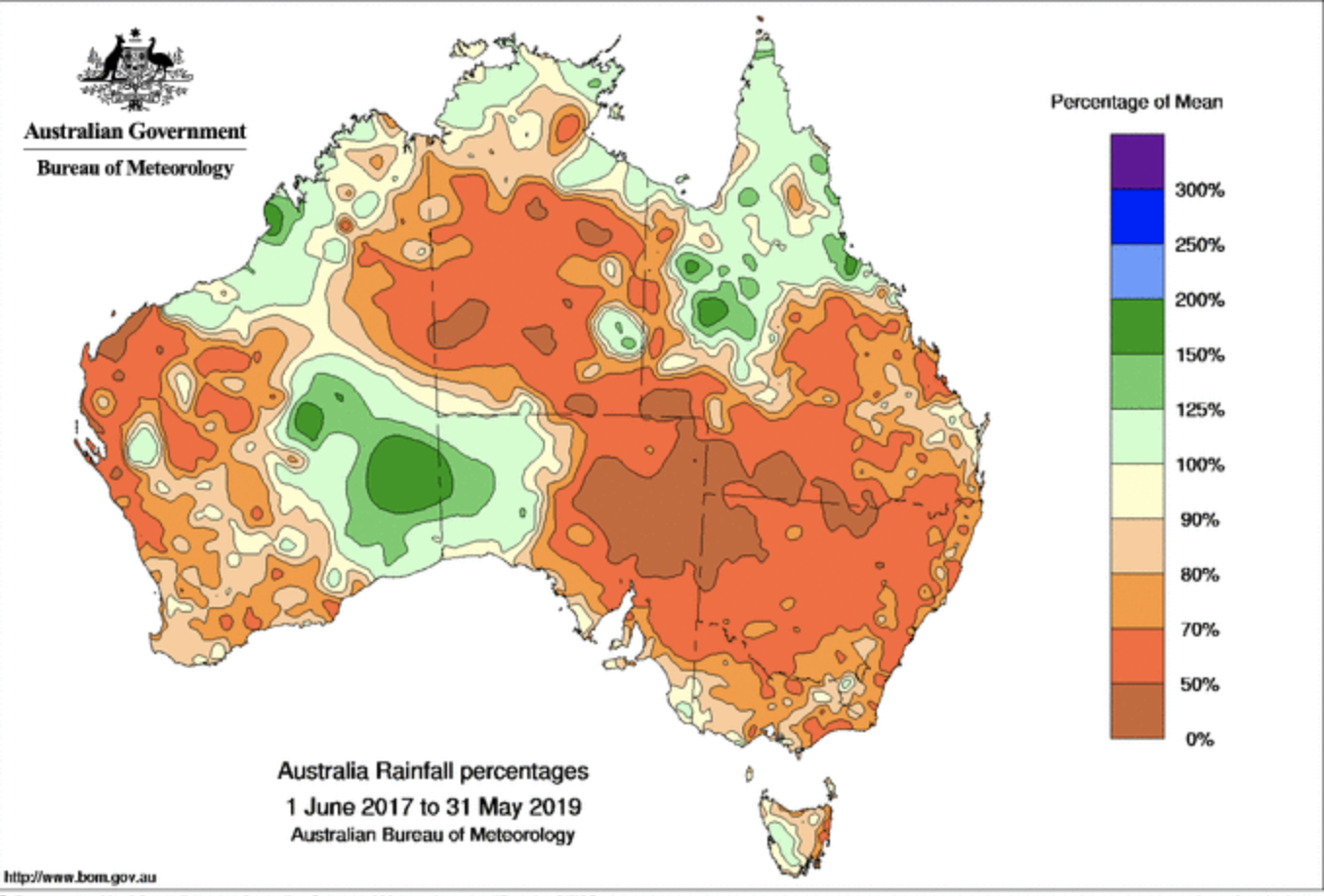Aim
The aim of the project is to collect observations of dead or dying trees around Australia. It sounds a bit grim, but knowing where and when trees have died will help us to work out what the cause is, identify trees that are vulnerable, and take steps to protect them.
Description
This project will allow people Australia-wide to report observations of tree death. In the past, there have been many occurrences of large-scale tree death that were initially identified by concerned members of the public such as farmers, bushwalkers, bird watchers or landholders. Collecting these observations is an important way to monitor the health of trees and ecosystems.
 This project is contributing data to the Atlas of Living Australia.
This project is contributing data to the Atlas of Living Australia.
Other information
Project originally registered in
Atlas of Living Australia
You can participate in this project in
Australia
Type of project
Citizen Science Projects
Image credits
Feature image: Ben Moore
Get Involved!
Project information
It's easy! If you notice dead or dying trees in your area, upload a photograph with date and location.
Equipment
Smartphone with camera and GPS
Tasks
Have you seen dead or dying trees in your area? Go to the "Surveys" section and choose "Add a record". You can then upload photos of your trees and answer a few questions to help identify the possible causes. You'll find some information about each of these causes in the "Resources" section. If you like, revisit the location in following months to document whether trees recover or not. To see what other records there are in your area, go to the "Data" section. See the "Blog" for details of any new major tree death events that we have become aware of. Not internet-savvy? You can also email deadtreedetective@westernsydney.edu.au and we can email back a survey form.
Family/Child Friendly Free of Cost Difficulty: Easy
Contact name
Belinda Medlyn
Contact Email
deadtreedetective@westernsydney.edu.au ; b.medlyn@westernsydney.edu.au
News & Events
2025 Drought in South Australia
South Australia is in the midst of a severe drought. Many parts of the state have experienced little to no rain for months, resulting in a water crisis with water tanks and dams running dry. The effects on some of our trees seems to have also been pronounced, with dieback being widely reported. However, we don’t know how widespread the problem is and are seeking your help to better understand what is happening! Tree dieback is the decline of crown health in a group of trees, often due to some environmental stress – in this case drought. It often first manifests itself in the browning of leaves. Ultimately, dieback may result in the premature death of trees. For example, Chloe Bentze and Donna Fitzgerald, who are researching dieback of stringybark eucalypts in the Mount Lofty Ranges at the University of South Australia, have observed dieback in Black Hill and Belair Conservation Park, and along Greenhill Road and the Southeastern Freeway. We need to urgently know where dieback is happening and what species are affected to get an idea of the scale of the problem and to be better prepared for future droughts.
2024 Southwest tree and shrub mortality
This week, the west coast finally received some much needed rainfall. We all have our fingers crossed that it marks the start of our winter wet period.
The southwest has been exceptionally dry since spring 2023. Following heatwaves in February, the region began showing signs of tree and shrub mortality. The impacts have expanded from near Shark Bay in the north all the way to the south coast, approximately 1,000 km.
So far, the most dramatic impacts we've seen have been in coastal heath and vegetation near granite outcrops. However, in the past month, the effects of the drought have become visible in Tuart trees (Eucalyptus gomphocephala) around Rockingham, and in pockets of our tall southern forests, including some Karri (Eucalyptus diversicolor) and Rate's Tingle (Eucalyptus brevistylis). Hopefully, the recent rain continues and our forests get a chance to recover.
Thanks to all the folks who have submitted DTD records this summer. Your records are incredibly helpful in understanding the extent of drought impacts across the landscape.
2023 Update
After three years of floods, the landscape is drying out again and we are starting to see patches of canopy dieback in northern NSW. Please help us map and track this dieback by uploading your georeferenced photos!
The photos that we received during the 2019 drought were really valuable for a number of reasons. We were able to use the photos to ground-truth analyses of satellite data that helped us to map the extent of dieback. We also used the photos to locate a set of monitoring sites where we have been tracking recovery since 2019. In 2020 the vegetation had greened up again but the trees were still in very poor health. Our PhD student Ellie Nichols has just finished re-surveying all these sites again to find out how many trees died and how many were able to recover. She'll write an article here when she has fully analysed the data, but the good news is that a fairly high proportion of trees can recover, even after severe dieback, after three years of good rains.
We're concerned by the latest observations, however, as this dieback event seems to have developed fairly rapidly. We don't know how resilient the trees will be this time around, as they may not have completely replenished their reserves after the last drought.
Your observations will be incredibly valuable to help us understand what's going on, and whether these trees will be able to recover again. In turn, that information is really helpful in many ways: for managing nature reserves to conserve biodiversity, to help design restoration projects, even to manage bushfires - since we can now link these dieback events to strongly increased fire risk. So, many thanks for your input!
Observations from the Black Summer
Many of the records submitted to the Dead Tree Detective over the hot, dry summer were quite startling, and we know folks were quite concerned about what was happening to their trees. In this Conversation article, we outline the reasons behind what we were seeing, and discuss where these forests might be headed.
Dead Tree Detective at Ministerial Roundtable with Sussan Ley
The Hawkesbury Institute for the Environment hosted a roundtable discussion on bushfire recovery and threatened species yesterday with Minister for the Environment Sussan Ley, Federal MP Susan Templeman and State MP Robyn Preston and Threatened Species Commissioner Sally Box, as well as representatives from local Blue Mountains & Hawkesbury council and environmental groups.
You may be sure that we took the opportunity to show the Minister your photos from the Dead Tree Detective! The impact of the drought on forest and woodland habitat formed an important backdrop to our discussions. We heard, for example, from WIRES volunteers how they had seen an increase in the number of animals suffering malnutrition and dehydration even in areas unaffected by fire. One key message emerging from the discussion was that threatened species recovery needs to be managed at whole-ecosystem scale, including the need for healthy trees as habitat.
Death of a Giant
(This content comes from The Tree Projects on Facebook - please follow them for more information!)
Tasmania is home to the white gum (Eucalyptus viminalis), which is the 7th tallest tree species on earth. The tallest of these trees, which grow in a stand reaching heights of 91.3m, have been rapidly declining over the last 5 years. These trees have quickly transformed from flourishing healthy giants into skeletons.
Our new video investigates what has been causing this rapid decline in these beautiful, iconic trees. We travelled with three tree experts to the reserve. Check out the video to hear what they have to say! https://www.facebook.com/thetreeprojects/videos/vb.356736597852910/646323849130677/?type=2&theater
A very big thanks goes to Eucalypt Australia for making this video possible!
Bushfires, Drought and Heatwaves – an update on the Dead Tree Detective
Firstly, a big thankyou to everyone who has contributed photos to the Dead Tree Detective so far. Thanks to these contributions, we have been able to track the severity of the drought and its impact on forest health over the past year. The data are helping us to identify thresholds for tree mortality from heat and drought. Importantly, they are also helping us understand the link between drought and fire risk – one important reason for the severity of the fires this year was the extreme dryness of the vegetation.
The fires have made it somewhat harder to identify dead trees. Although many trees have lost their canopies in the fires, these trees are almost certainly not dead. Many Eucalypts can recover remarkably rapidly by resprouting. However, resprouting is more difficult in times of drought, as the plants lack the water and energy they need to grow new leaves. We will need to wait some months to see how many trees recover from the fires. We’d like to encourage you to keep an eye on your local patch of forest and let us know if it does not seem to be recovering.
Even where fires have not been through, many trees have been badly affected by the combination of heat and drought stress this summer. We are receiving reports of large-scale canopy dieback across NSW, including areas around Tamworth/Armidale, Mudgee/Bathurst, Raymond Terrace through to Bulahdelah, and the southern Highlands. These observations are really important as they will help us to quantify the impact of the drought on our forests. If you see canopies browning off in areas where there has not been any fire, please let us know!
Drought-related tree deaths in southern NSW
New observations of tree death in the Moruya-Bega area appear to be related to drought. As we head into hot, dry summer after two years of low rainfall, we're expecting to see more of this kind of event around NSW. Read more at:
https://aboutregional.com.au/bush-in-survival-mode-as-dry-times-forecast-to-continue
Climate-ready revegetation in Victoria
Death of mature grey and yellow box trees in the Nardoo Hills, 3 hours north of Melbourne, has been linked to changing climate - hotter summers and failure of autumn rains. The amazing folks at Bush Heritage are replanting with seeds sourced from warmer and drier climates. Read more in the Sydney Morning Herald article linked below.
Dead Tree Detective Bulletin, May 2019
When we set up the Dead Tree Detective last year, we did not realise that we were heading into one of the most severe droughts – from a tree’s perspective – in a century. We’ve received many contributions to the Dead Tree Detective from across South-Eastern Australia, and most of these mention drought as the most likely cause.
Records indicating drought death stretch from southern Queensland down into Tasmania. Many contributors indicate that they are seeing significant numbers of dead trees (“Up to 1/3 of the trees on our hill country are dead or dying due to the drought we have experienced in the last 2 years” – Rohan Morris, Maryvale, Qld) and that they cannot remember previous similar events (“I have lived in this area for 57 years & have never seen the amount of dead Bimble Box, Oak, Bellah & Wilga” - Margaret MacKenzie, Quambone, NSW).
We are not aware of historical records indicating this degree of drought death in south-eastern Australia. In much of the past scientific literature, studies talk about “wilting” but not death, and comment on how difficult it is to attribute tree death to drought. It appears that this drought event is having an unusually severe impact, with drought being a readily apparent cause of death.
We think this drought is testing many trees because it has been so intense for so long. Many Australian trees have deep root systems that mean they can readily go without rain for several months. But after two years of low rainfall, the soil moisture storage becomes severely depleted. Trees can still survive with low soil moisture if there is at least some occasional rainfall that allows them to re-hydrate their stems and leaves. However, this two-year drought has not only depleted the soil moisture storage, we have also seen extended periods with no rainfall at all, causing the trees to desiccate to the point of death.
Unfortunately, the outlook for winter rainfall is poor. We may expect to see further tree deaths across this part of the country. Please keep uploading observations to the Dead Tree Detective so that we can continue to monitor the situation.
News on The Dead Tree Detective
We've written a Conversation article to explain more about the motivation behind the Dead Tree Detective. We've also been promoting the Dead Tree Detective on ABC Radio and Breakfast News.
We've had lots of interest following those news items, and some great photos - many thanks! We are keen to get more. I've had a couple of folk email to say that they are not especially internet-savvy but would still like to contribute. If that's you, you can participate by sending photos to the email address deadtreedetective@westernsydney.edu.au
Citizen scientists called on to map extent of drought killing native trees
The Dead Tree Detective was featured on ABC News. Farmers across NSW have seen old trees die in the severe drought this year, and we are asking them to record these tree deaths to help us better understand when and where trees are likely to be affected by drought. Read the story here:
Project stories
Welcome
Perhaps you're out and about in the bush and you notice some dead or dying trees and you're wondering if anything's amiss. Or perhaps you're a landowner concerned about some trees on your property. Or perhaps you're a land manager or scientist wanting data on the health of trees in your area. Our hope is that this project will provide a way for you all to report, track, and learn about tree death around Australia.
As and when new hotspots of tree death emerge, we'll try to track them and provide information on this blog, including links to other citizen science projects focusing on those particular hotspots.
At present, known hotspots with associated projects include:
Eucalypt dieback on the Monaro, NSW
Mangrove Watch
Marri Canker in WA
Bell Miner Associated Dieback in NSW
New England Dieback in NSW
Tree Decline in SA
 Project sourced from SciStarter
Project sourced from SciStarter


